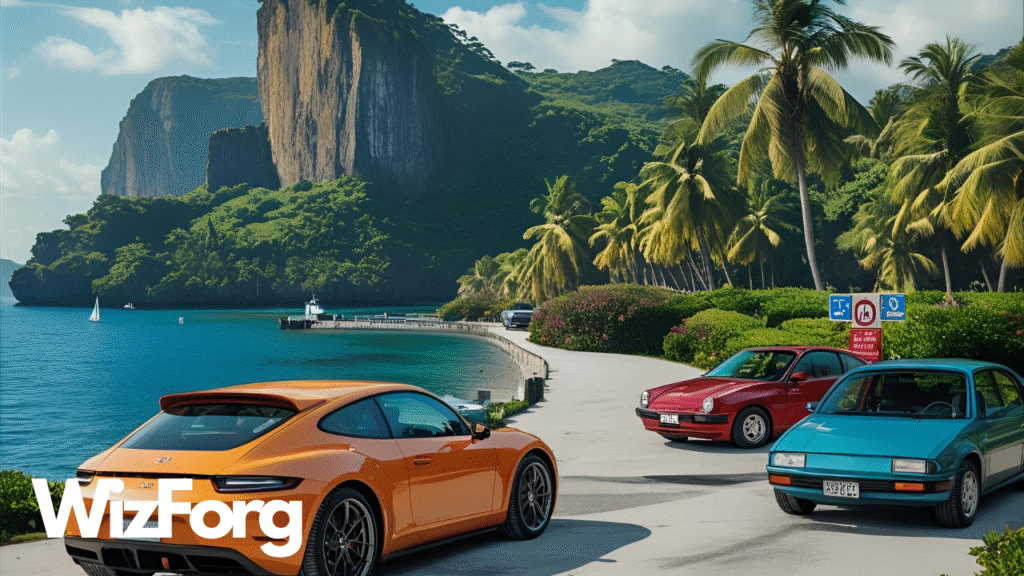Imagine stepping off a boat and hearing… nothing. No honking, no engines, no traffic. That’s the reality on some islands around the world that have banned cars altogether. While it may seem like a traveler’s dream or a logistical nightmare, the decision to go car-free often reveals a great deal about a place’s values, environment, and way of life.
So, why would an island give cars the boot in the first place?
Preserving a Fragile Ecosystem
Many car-free islands are small, so small that the presence of vehicles could tip the environmental balance. Engines produce emissions, oil leaks can damage marine life, and roads disrupt natural habitats. For islands with limited space and delicate ecosystems, banning cars helps preserve the very things that make them special.
Take Hydra, Greece, for example. This Aegean island has banned cars to protect its historic architecture and prevent air pollution. Locals and tourists alike get around by walking, boating, or using donkeys—yes, actual donkeys—for transport.
The Size Doesn’t Justify It
On some islands, a car would be pointless. If it only takes 20 minutes to walk from one end to the other, why bother with four wheels?
Mackinac Island, Michigan, banned cars as early as 1898 after residents complained that motor vehicles frightened their horses. Today, the ban is still in effect, and people travel by bicycle, horse-drawn carriage, or on foot. The ban is so strict that emergency vehicles and snowmobiles are the only exceptions.
Community and Culture Come First
Banning cars fosters a closer, more connected community. Without traffic noise, people are more likely to stop, talk, and interact. Streets become safe for kids to play, markets to flourish, and pedestrians to roam freely. It’s a lifestyle choice as much as a transportation one.
In La Digue, Seychelles, bicycles are the norm. Tourists can easily rent them, and locals have adapted beautifully. The absence of cars isn’t seen as an inconvenience—it’s a source of pride.
Traffic and Infrastructure? Not Worth It
Some islands lack the necessary infrastructure to accommodate cars. Narrow paths, steep hills, and a lack of parking make vehicle use impractical. Instead of spending millions to redesign roads, local governments choose to skip cars altogether and invest in walkways, electric carts, or bicycles.
Giethoorn, Netherlands, while not technically an island, is famously car-free in its center. Residents travel by foot or use boats to navigate the town’s network of canals, offering a glimpse into a slower, more peaceful way of life.
A Tourism Selling Point
Ironically, banning cars can attract more visitors. Tourists seeking an escape from their noisy cities are drawn to places that offer fresh air, silence, and the novelty of car-free living. This niche appeal can boost the local economy without sacrificing the environment.
Islands like Ile de Porquerolles in France and Sark in the Channel Islands have turned their car-free status into a unique selling point. Visitors often describe the experience as “stepping back in time.”
Final Thoughts
Banning cars on an island isn’t just about transportation—it’s about protecting identity, lifestyle, and the environment. While it may seem inconvenient at first glance, many of these islands thrive because of the absence of vehicles, not despite it.
Curious about more places that break the rules in all the right ways? Visit Wizforg.com and subscribe to our YouTube channel for more global insights that go beyond the usual travel tips.



